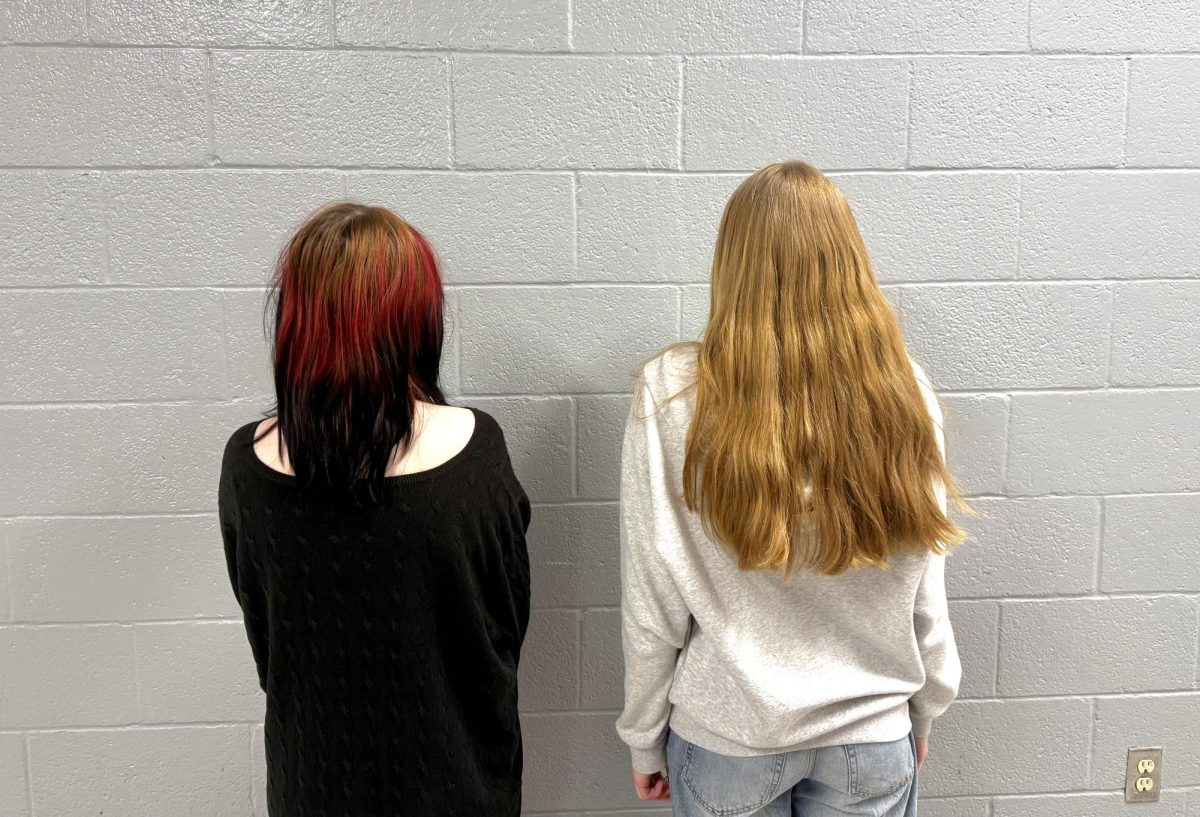BSM’s Dress Code Is Overly Punitive
The main office provides extra clothes for dress-coded students to change into.
This school year, we’ve seen students walking around in what they dub “the Polo of Shame”, a BSM-red polo for dress-coded students to change into. This comes after the new decision to tighten up the dress code, as well as increase the penalties for violating it. As a policy change, it’s representative of a new shift towards more restrictive policies and steeper consequences, which stands in stark contrast to the policies of the past few years.
Although the dress code itself hasn’t changed much (barring the new Mass guidelines), the approach towards dress coding students has become far more strict. In years past, the first violation of the dress code would only get you a warning. According to the Student Handbook, the first offense now means the student is “sent to the main office, asked to change, [and their] parents/guardians [are] emailed.” I believe that this change in policy, and the dress code itself, is overly punitive for a variety of reasons.
Because students must leave class to go to the office and change, the new system places more value on what someone is wearing than their class time. It’s sending the message that our outfits are more important than our education. While I understand the need for policy to be enforced, there are other, better methods than jumping immediately towards severe consequences. This new policy offers almost no leniency whatsoever, and the response to a first infraction is more severe than the infraction itself.
In addition, the dress code has unintended consequences that directly affect a large percentage of students. For example, it’s extremely difficult to find girls’ shorts that are dress-code compliant, and as a result many girls don’t wear shorts. When the weather is hot, this can lead to overheating. Junior Maria Krotz said that the dress code makes choosing outfits very hard in the spring. “So the school is really warm sometimes. [Wearing shorts] is a funky one because it’s like girls can wear shorts, but it’s super specific about the restrictions. And then it varies [from] teacher to teacher,” Krotz said.
As another example of these unintended consequences, the dress code itself disproportionately affects girls and people who were assigned female at birth. Many of the clothing restrictions, like the ‘no midriff’ and the ‘shorts must be mid-thigh’ rules, apply more often to girls. The policy is also enforced disproportionately: in a survey, 92.3% of students that reported being dress coded also identified as female. How can a dress code that has disproportionately negative effects on girls possibly contribute to a positive environment?
While the student handbook says that “These expectations…[are] not [a] punishment or a source of shame to the student”, being pulled out of class and forced to change into highly conspicuous clothing will almost inevitably provoke some degree of embarrassment or shame. It can also cause students to feel shame, guilt, or embarrassment surrounding their body.
Combined with the outsize effect on girls, a system where the first offense leads to immediate consequences does more harm than good. We’ve done just fine under the older, more proportionate policy, and I think that returning to it would be the best decision for everyone.




































![Teacher Lore: Mr. Hillman [Podcast]](https://bsmknighterrant.org/wp-content/uploads/2025/03/teacherlorelogo-1200x685.png)





